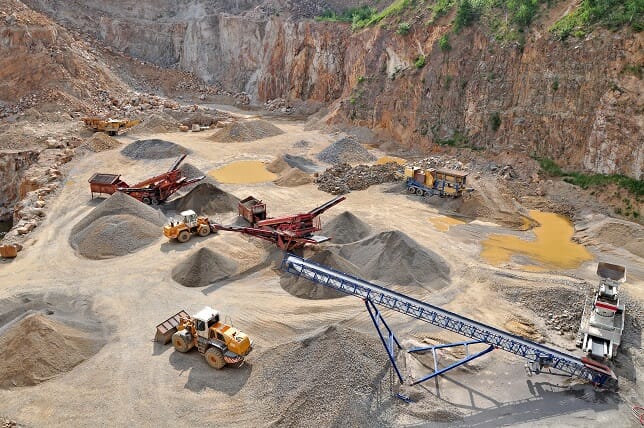
Top Cobalt Production by Country
Cobalt production is hot and getting hotter. Here are the 10 top cobalt-producing countries of 2020, based on US Geological Survey numbers.
I agree to receive email updates from Human Trafficking Search. I may unsubscribe at any time.

Author: Melissa Pistilli
Year Published: 2021
Link to Resource: Read More
Cobalt production is hot and getting hotter. Here are the 10 top cobalt-producing countries of 2020, based on US Geological Survey numbers.
Despite the decrease in cobalt prices, interest in the battery metal is still riding high, with analysts cautiously optimistic about cobalt production in the coming years.
One of the metal’s main catalysts is excitement about electric vehicles. The lithium-ion batteries that power these cars require lithium, graphite and cobalt, among other raw materials, and demand is expected to keep rising as the shift toward electric vehicles continues.
Given those circumstances, it’s particularly interesting to look at top cobalt production by country. According to the US Geological Survey, global supply decreased slightly in 2020 to 140,000 metric tons (MT) from 144,000 MT the previous year. Read on for a closer look at cobalt supply.